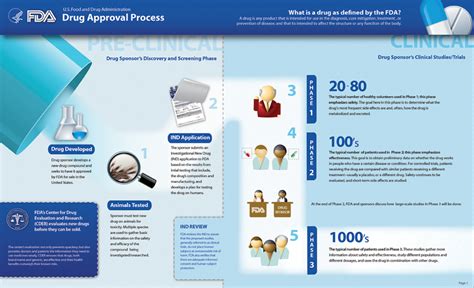The Trump Administration’s decisions on April 3, 2025, had far-reaching consequences as they unfolded. At 7:00 p.m. ET that day, amidst talks of tariffs, major policy shifts, fluctuating approval ratings, and a slew of lawsuits, one decision was quietly sparking concern – the FDA layoffs.
Health Secretary Robert F. Kennedy Jr.’s announcement sent shockwaves through federal health agencies like the Food and Drug Administration (FDA). The intended goal? Trim redundant services and streamline operations by shedding administrative layers. However, the repercussions ran deeper than anticipated.
Behind closed doors, a different narrative emerged from interviews with current and former FDA staff members. These layoffs were not just about cutting bureaucracy; they had direct implications on crucial functions that safeguarded public health.
Drugs are often synonymous with high costs – but what happens when the gatekeepers lose their keys? Experts responsible for determining if expensive medications could be made available as affordable generics found themselves facing uncertain futures. These professionals navigated complex regulations to ensure access to more affordable treatments for patients in need.
In labs across the country, scientists diligently tested food and drugs for contaminants and harmful bacteria. Their expertise ensured that products reaching consumers’ plates were safe for consumption. With some of these experts now facing pink slips, concerns arose about potential gaps in our food safety system.
The veterinary division within the FDA played a pivotal role in investigating diseases like bird flu that could impact both animals and humans. As specialists faced layoffs, questions loomed over future outbreaks and the agency’s ability to respond effectively.
Moreover, researchers tasked with monitoring misleading claims in prescription drug advertisements suddenly found themselves without a platform to scrutinize potentially deceptive marketing practices. This raised alarms about consumer protection and highlighted vulnerabilities in regulating pharmaceutical promotions.
Beyond specific job roles, essential support functions within the FDA began to crumble under the weight of these cutbacks. Payroll processing came to a halt, retirement paperwork piled up unattended, overseas inspectors struggled with logistical challenges – even basic tasks became daunting without adequate staffing levels.
The once-bustling library at the FDA fell silent as medical journal subscriptions were canceled and vital resources vanished overnight. For researchers accustomed to relying on this repository of knowledge for evidence-based decision-making, the closure marked a profound loss in their daily work routine.
Dr. Marty Makary’s arrival as the new commissioner brought promises of addressing broader healthcare issues but left many employees grappling with uncertainties about their own livelihoods. As approximately 3,500 FDA employees faced impending job losses due to these cutbacks, questions mounted around how critical functions would continue amidst shrinking resources.
While some initial cuts targeting scientific teams underwent swift reversals following public outcry over safety concerns surrounding medical devices like surgical robots or insulin infusion systems for children with diabetes – doubts lingered about the long-term impact of such hasty decisions on public health initiatives.

